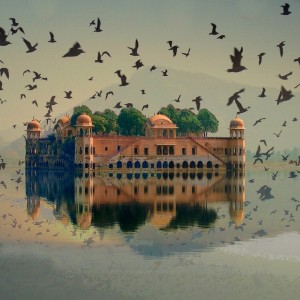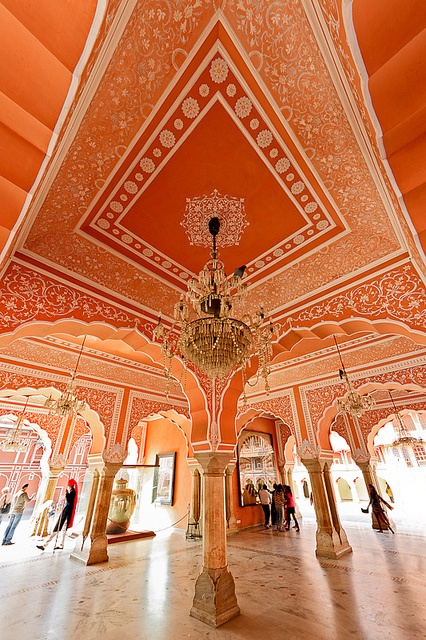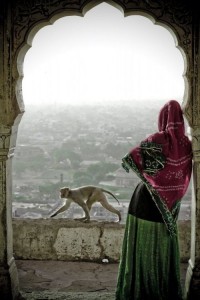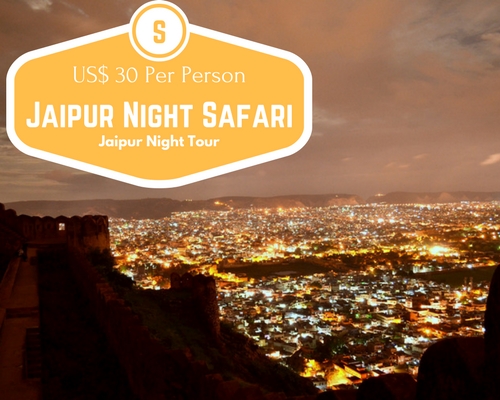Monuments in Jaipur
Monuments in Jaipur
Amber Fort: Amber fort is also known as the Amer Fort between the locals and its the most importation monument of Jaipur's monuments . It standout amongst the most breathtaking monuments in India, decently saved and properly restored monument. Whenever you talk about the Jaipur sightseeing it’s the first monument that comes to your mind. Amber fort is approximate is the best among these five.
The primary goal of such type of observatory is to know the correct position and forecast the accurate movement of Sun, Moon and other planets.
Nahargarh Fort: Picturesque perched on the top of hill, the Nahargarh Fort offers breathtaking view of the city below. Initially built by Sawai Jain Singh in 1734. It was enlarged and given its present shape by Sawai Madho Singh in1885. Decorative motifs in some of the rooms are charming.
From the windows of the nine identical suites, one gets a magnificent view of the city, with its geometric design. From Amer there is a road to Nahargarh, which passes through the hills.
Jaigarh Fort: The western horizon is dominated by the extensive walls, watch towers and gateways of Jaigarh Fort. It is one of the few military structures of medieval India preserved almost intact, containing palaces, open and covered reservoirs gardens, a granary, an armory, a well planned cannon foundry, several temples, a tall tower and a giant cannon Jain mounted prohibition, the world's largest cannon.

Jaigarh Fort was a center of artillery production for the Rajputs, and the place where the largest cannon on wheels in the world was. Smelters cause fascination among visitors.
A 5-kilometer canal enters the complex to collect water from the mountains and save the fort for the soldiers. There is a huge reservoir that connects to that channel. It is assumed that the king of Amber / Jaipur used compartments beneath that tank to store the gold and jewelery of the royal family.
The arid landscape of the Aravalli Hills gradually disappearing in the mist of the desert, let anyone absorbed. The views of the Amber Fort and its gardens also make your visit as recommended.
Jal mahal: This fascinating palace is located in the center of beautiful Man Sagar Lake. It’s a testament to the luxury lifestyle of the Maharajas of this city.
It was built as a summer palace and a place of pleasure by Sawai Pratap Singh in 1799. The building reflects an excellent technique and knowledge of striking architecture that time.
Man Sagar Lake is a man-made lake. A dam between the two hills. The dam made by Sawai Man Singh II because the water demand of the population of the city of Jaipur was increasing. Visit the lake can be a very rewarding experience because of the various species of birds that can be observed especially in the cold season.
Albert Hall Museum: The Albert Hall Museum of Jaipur also known as Central Museum, is one of the best places to learn about the culture, traditions and customs of the area.
It is also said to be the best way to know the hidden secrets of the Rajputs. The Rajputs were the bravest warriors in all of India with its own folklore.

You can see objects in the daily lives of tribal groups like the Meenas, Bhopas, Gadoliya or Lohars. There is also a gallery devoted to the designs with henna, an art known internationally.
The museum, Indian-Saracenic style, has a large collection objects prints, paintings several hundred years old, carpets, exquisite jewelry, woodwork, glass and metal, old dresses worn in ceremonies by royal families, ceramics, sculptures and many other crafts. Its also a place in India where you can see Egyptian mummy. In an area of the museum you can see an Egyptian mummy in a glass case, with thousands of years old.
Birla Temple: The Hindu temple Birla Mandir (temple) Jaipur is one of many that are scattered around the country.
This temple is also known as Laxmi Narayan temple is dedicated to Lord Vishnu (Narayan) and his consort Laxmi, the goddess of wealth. It is for this reason that the temple is known as Laxmi Narayan Temple.
This magnificent temple is located at an elevation at the base of the famous and small hill Moti Dungari. It is built in white marble with beautiful carved sculptures and has three domes which represent three different ways and the variety of ways there are to approach religion.
The beauty of the marble does not leave anyone indifferent, especially at night, with the lights shining in a very special way.
In the temple you can see windows with scenes from Hindu mythology. His sculptures representing several idols are carved and so lifelike.
Raj Mandir Cinema: Cinema in India is more than an art form like any other, a cornerstone of their culture. So, no trip to this country would be complete without a Bollywood cinema; and if it is in a theater like the Raj Mandir Jaipur, much better.

Raj Mandir cinema in Jaipur is the largest, swanky and famous in the country. Its large staircases, colorful lights and crystal chandeliers give the building a grandeur that recalls the early years of cinema, when cinema was still a show ( capitalized) to which the public came predisposed to be surprised .
The stunning great screen of Raj Mandir, with its hundreds of stalls and boxes decorated in pastel colors, should be enough to force the viewer to immerse themselves in the film completely not just in this country meet. And, in the land of the maharajas, even something as simple as going to the cinema usual "our way " is done .
A Bollywood film lasts, on average, a minimum of three hours a fairly long from a foreigner’s point of view, but much less time to time throughout the film we do not slaughter to look around at all the viewers who have risen from their seats to sing, dance and shout at the screen as if the actors could hear them. Must Visit.



